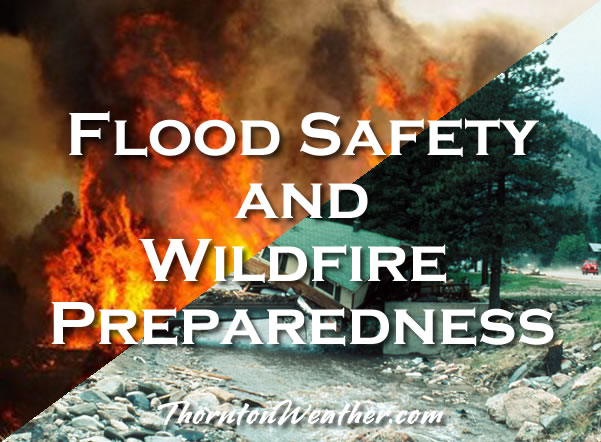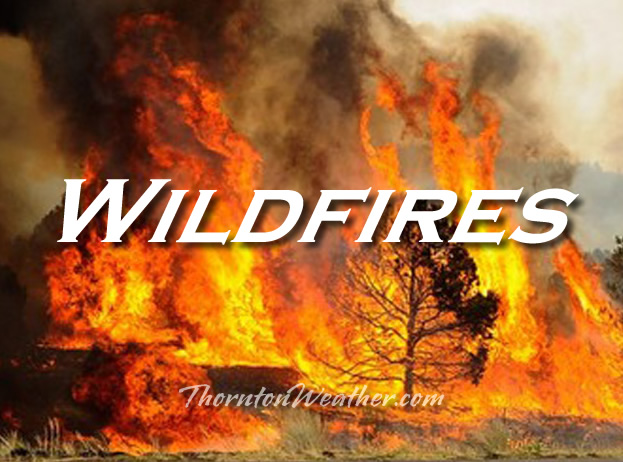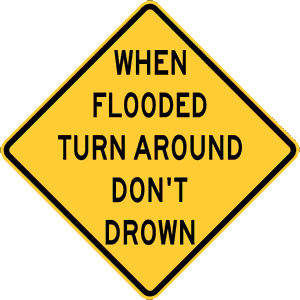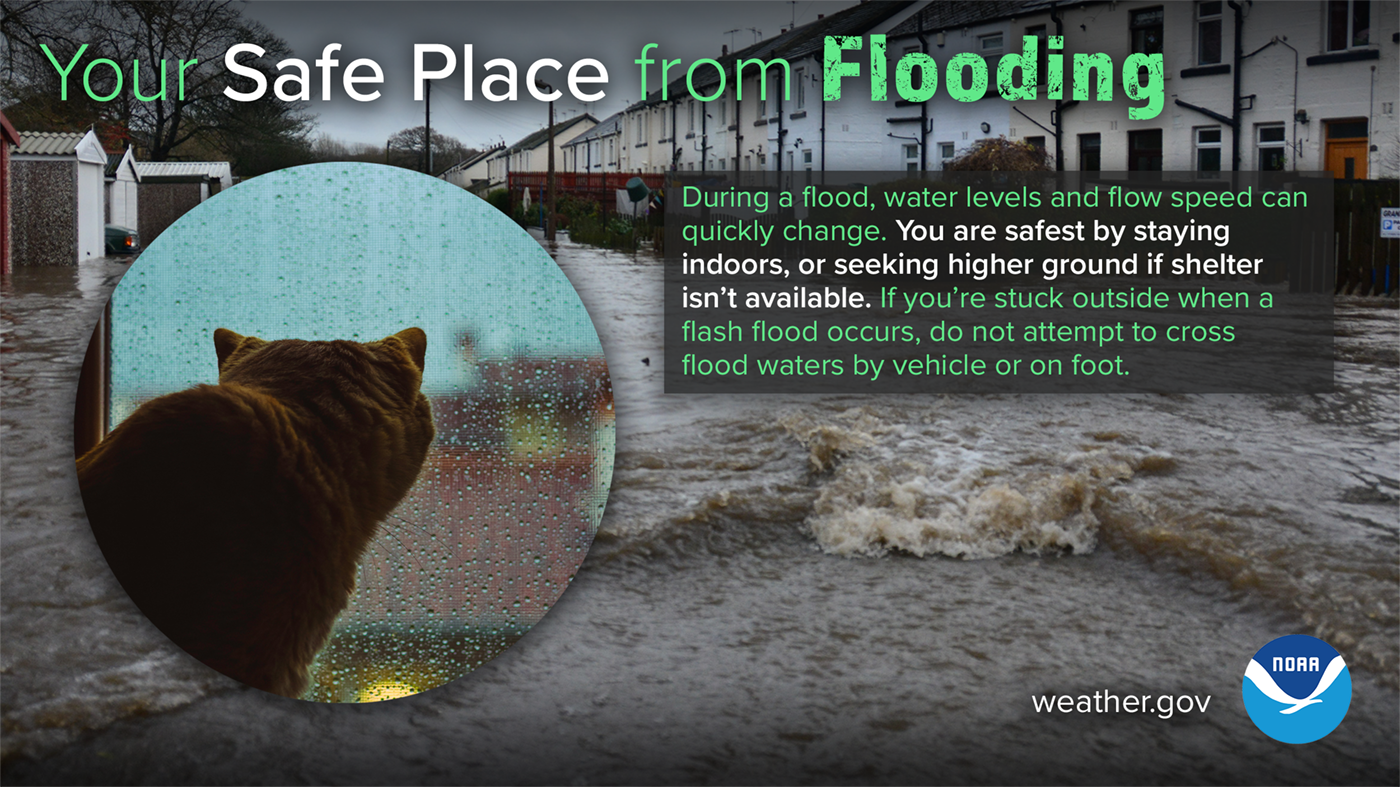
Floods and wildfires are arguably the two most common disasters Coloradans face with numerous such events occurring each year. To better prepare residents for the danger of these disasters, this week is Colorado Flood Safety and Wildfire Preparedness Week.
Each day this week the National Weather Service will be posting public information statements covering a number of different topics about floods and wildfires. These important messages should be required reading for all Coloradans so they know what to do to prepare for these events and handle them when they occur.
ThorntonWeather.com will be posting each of these messages as a service to our readers. The first of these messages is below. Check back each day this week for further topics.
PUBLIC INFORMATION STATEMENT
NATIONAL WEATHER SERVICE GRAND JUNCTION CO
600 AM MDT SAT MARCH 13 2021
…COLORADO FLOOD SAFETY AND WILDFIRE PREPAREDNESS WEEK IN REVIEW…
Colorado has more than its fair share of floods, flash floods, and wildfires. During the past week, in our effort to build a Weather-Ready Nation, we have presented information to you on how to stay safe and minimize property damage during flood and wildfire threats.
When a flash flood warning is issued for your area, you need to quickly move to higher ground out of drainages or other low spots. It may be just a short run or climb to that higher ground.
Nearly half of all flash flood fatalities occur in vehicles. Do not drive through a flooded roadway. Instead turn around…do not drown. The water may be much deeper than you think, because it may not be possible to see below the surface of flood waters that the roadway has been washed away. One to two feet of water will carry away most vehicles. Additional flood safety information can be found at www.floodsafety.noaa.gov
Areas burned by wildfires are highly susceptible to flash floods, especially within the first two or three years after the wildfire has occurred. Wildfires by themselves destroy much property and occasionally result in fatalities within Colorado. There are actions you can take to protect yourself and minimize the wildfire threat to your property.
If you live near or within a forest or rangeland, you are encouraged to make a defensible space around your home and other structures. Information on how to make a defensible space around your home can be found on the Colorado State Forest Service website at http://csfs.colostate.edu/pages/defensible-space.html
River flooding from snowmelt or persistent rainfall can cause extensive damage to property. There are estimated to be 65 thousand homes and 15 thousand commercial, industrial, and business structures in identified floodplains within Colorado. FEMA has online maps that show if you are in a flood risk area. To access those maps, go to https://msc.fema.gov
If you live in a flood prone area, buying flood insurance is the best thing you can do to protect your home, your business, your family and your financial security. To find an insurance agent and obtain other flood insurance information, go to FEMA’s National Flood Insurance Program web site at www.floodsmart.gov
As a reminder, there is generally a 30-day waiting period from the time a flood insurance policy is purchased to when it goes into effect.
Additional information on floods and wildfires is available from your local National Weather Service web sites…
http://www.weather.gov/denver NWS Denver/Boulder web site
http://www.weather.gov/pueblo NWS Pueblo web site
http://www.weather.gov/goodland NWS Goodland web site
http://www.weather.gov/gjt NWS Grand Junction web site
Colorado Flood Safety and Wildfire Preparedness Week

 Floods and wildfires are arguably the two most common disasters Coloradans face with numerous such events occurring each year. To better prepare residents for the danger of these disasters, this week is Colorado Flood Safety and Wildfire Preparedness Week.
Floods and wildfires are arguably the two most common disasters Coloradans face with numerous such events occurring each year. To better prepare residents for the danger of these disasters, this week is Colorado Flood Safety and Wildfire Preparedness Week. Floods and wildfires are arguably the two most common disasters Coloradans face with numerous such events occurring each year. To better prepare residents for the danger of these disasters, this week is Colorado Flood Safety and Wildfire Preparedness Week.
Floods and wildfires are arguably the two most common disasters Coloradans face with numerous such events occurring each year. To better prepare residents for the danger of these disasters, this week is Colorado Flood Safety and Wildfire Preparedness Week.
